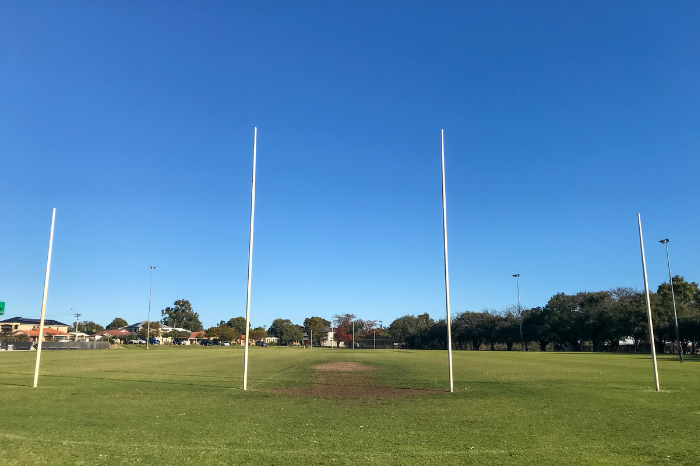
In theory, being connected to the internet gives you access to virtually unlimited information (credible and not so credible), products from all over the world, services, courses, videos and much much more.
But often websites are developed without considering that many members of our community live with disability and have different needs when it comes to accessing digital sources.
This starts with more cosmetic elements – such as font size, spacing and colour selection (for example, avoid white text on light colours) – and extends to building the back end of a website to allow users to engage with the page in a variety of ways, including with the support of assistive technology.
So, what makes websites more accessible? Here are three key elements:
About to build a new website and unsure of how to make it accessible to everyone? Well, lucky for you a group of digital experts has developed extensive Web Content Accessibility Guidelines (WCAG) that you can access – so make sure you take a look at the guidelines to maximise accessibility of your website. It’s much easier to build a website with those guidelines in mind, rather than retrofitting them.
But it’s not just websites – daily communication tools such as documents, spreadsheets and emails also need to be accessible. You can use Microsoft’s ‘Check accessibility’ button to see how you can improve the accessibility of those assets, and there are free web-based services that check colour contrast and how to improve it.
Digital accessibility is so much more than just having access to the internet via a computer or smart device. It’s about being able to access what’s online based on your individual needs – and even if we’re not web developers, we can play our part in making the online experience better for all.


